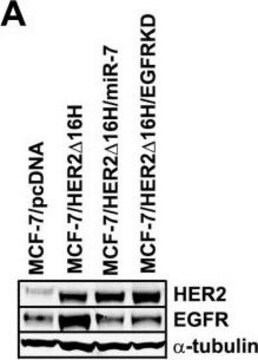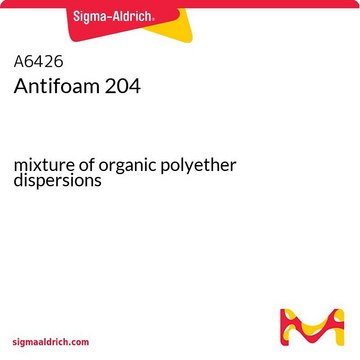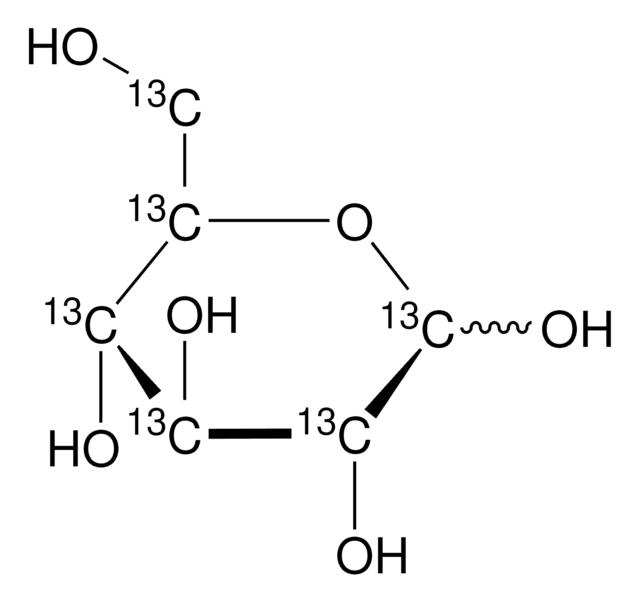E7659
Anti-EEA1 antibody, Mouse monoclonal
clone EEA1-N19, purified from hybridoma cell culture
Sinónimos:
Anti-MST105, Anti-MSTP105, Anti-ZFYVE2, Monoclonal Anti-Early endosomal antigen 1
About This Item
Productos recomendados
biological source
mouse
Quality Level
conjugate
unconjugated
antibody form
purified from hybridoma cell culture
antibody product type
primary antibodies
clone
EEA1-N19, monoclonal
form
buffered aqueous solution
mol wt
antigen ~160 kDa
species reactivity
human, mouse, rat
concentration
~1.0 mg/mL
technique(s)
immunoprecipitation (IP): suitable
indirect immunofluorescence: suitable
western blot: 1-2 μg/mL using whole extract of rat NRK cells
isotype
IgG2a
UniProt accession no.
shipped in
dry ice
storage temp.
−20°C
target post-translational modification
unmodified
Gene Information
human ... EEA1(8411)
mouse ... Eea1(216238)
rat ... Eea1(314764)
General description
Application
- immunoblotting
- immunoprecipitation
- cell fractionation
- indirect immunofluorescence
- immunohistochemistry
- Immunoprecipitation
- Indirect immunofluorescence
- Western blotting at a concentration of 1-2μg/mL using whole extract of rat NRK cells
Biochem/physiol Actions
Physical form
Disclaimer
¿No encuentra el producto adecuado?
Pruebe nuestro Herramienta de selección de productos.
Optional
Storage Class
12 - Non Combustible Liquids
wgk_germany
nwg
flash_point_f
Not applicable
flash_point_c
Not applicable
Elija entre una de las versiones más recientes:
¿Ya tiene este producto?
Encuentre la documentación para los productos que ha comprado recientemente en la Biblioteca de documentos.
Nuestro equipo de científicos tiene experiencia en todas las áreas de investigación: Ciencias de la vida, Ciencia de los materiales, Síntesis química, Cromatografía, Analítica y muchas otras.
Póngase en contacto con el Servicio técnico






